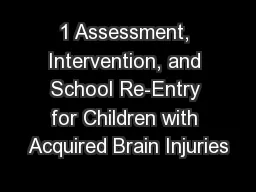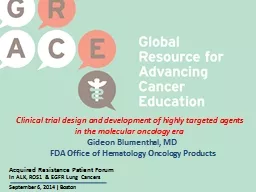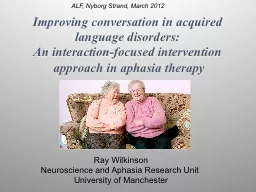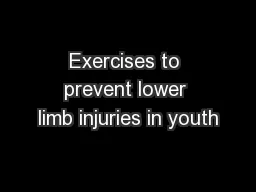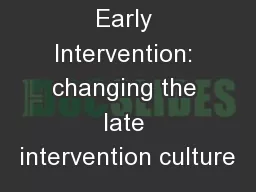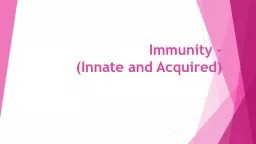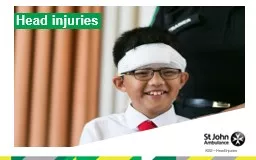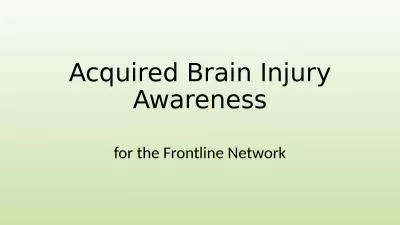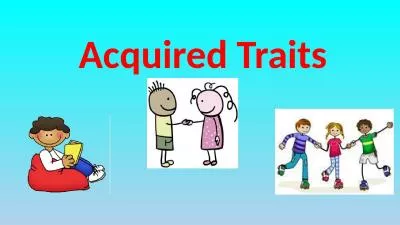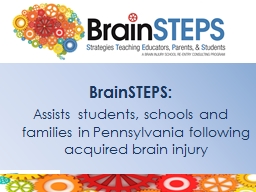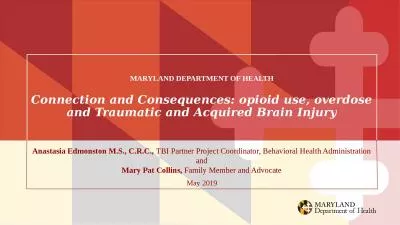PPT-1 Assessment, Intervention, and School Re-Entry for Children with Acquired Brain Injuries
Author : giovanna-bartolotta | Published Date : 2018-11-10
Kerry Hankins MA CCCSLP Vanderbilt Bill Wilkerson Center Email KerryaHankinsvumcorg Dana M Bryant MEd CCCSLP Vanderbilt Bill Wilkerson Center Email DanaBryantvumcorg
Presentation Embed Code
Download Presentation
Download Presentation The PPT/PDF document "1 Assessment, Intervention, and School R..." is the property of its rightful owner. Permission is granted to download and print the materials on this website for personal, non-commercial use only, and to display it on your personal computer provided you do not modify the materials and that you retain all copyright notices contained in the materials. By downloading content from our website, you accept the terms of this agreement.
1 Assessment, Intervention, and School Re-Entry for Children with Acquired Brain Injuries: Transcript
Download Rules Of Document
"1 Assessment, Intervention, and School Re-Entry for Children with Acquired Brain Injuries"The content belongs to its owner. You may download and print it for personal use, without modification, and keep all copyright notices. By downloading, you agree to these terms.
Related Documents

